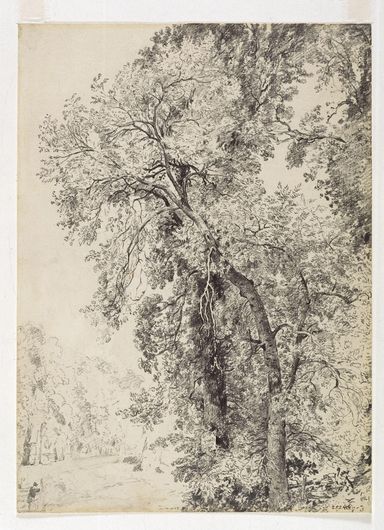Surveillance for the Emerald Ash Borer in Great Britain
The Emerald Ash Borer (EAB, Agrilus planipennis) is the most destructive pest to ash trees, causing the death of millions of trees in the USA, Canada, Russia, and parts of Eastern Europe. The alarming economic impact and widespread ecological devastation call for proactive measures to prevent its introduction into new regions of Europe including Great Britain, where the invasion risk is significant.
Identifying Potential Entry Points
One major concern is the possible introduction of EAB into Great Britain through imported firewood from Eastern Europe. To address this, a comprehensive strategy was developed, integrating entry risk points maps, ash distribution maps, and a model of the EAB lifecycle and spread. We developed optimised sampling strategies to maximise the probability of detection of EAB within specified timeframes of its’ arrival (2,4 and 8 years) and compared them with strategies that deployed surveillance according to EAB most likely entry pathways, (ranked entry point).
Stakeholder Involvement
Understanding the biosecurity implications of firewood importation involved engaging ash tree stakeholders. Interviews with stakeholders in the GB firewood sector delved into the investigation of how much stakeholders value ash, experiences with ash dieback (ADB), importation practices with a focus on firewood, and attitudes towards biosecurity. Scenario workshops investigated the willingness of landowners to adopt early-detection methods. Notably, firewood imports are actively inspected, but uncertainties remain about compliance at the source. In terms of voluntary surveillance by stakeholder we found that there is willingness to adopt additional surveillance methods as long as additional financial and technical support becomes available.
Optimising Detection Strategies
Optimised sampling strategies outperformed ranked entry point strategies, showing a significant improvement in detection probability, especially when optimising for within 8 years of EAB arrival. The optimal spatial distribution of detection devices was influenced by factors such as sensitivity and the timeframe for detection. When detection resources are limited, the advantages of optimising versus using ranked entry point surveillance decrease significantly.
In this work we developed the first surveillance map for potential EAB incursions in GB. This map can be a valuable tool for government agencies and stakeholders involved in EAB biosecurity and surveillance.
Key Findings and Discussions
Model-Based Optimisation vs. Ranked Entry Points
- Optimisation based strategies significantly improve detection probability over ranked entry point ones, in particular, when optimising for EAB arrival within an 8-year timeframe.
- The sensitivity of detection devices influences their optimal spatial distribution.
Entry Point Identification and Biosecurity
- Higher certainty of EAB entry points increases detection probability.
- Optimised strategies outperform ranked entry point strategies, especially when entry point certainty is low.
Stakeholder Engagement and Surveillance Methods
- Firewood importers are acutely aware of current and increasing biosecurity and environmental legislation related to firewood. However, they noted that overseas biosecurity practices’ variability poses some risks. This suggests that although these pathways are still the most likely source of EAB invasion, this hazard is actively being minimised through regulation and inspections
- Girdling trees and setting traps are considered the most appropriate tools for early detection.
- Clear and quantifiable guidance enhances stakeholder engagement.
Looking Forward
While this study offers valuable insights into EAB surveillance, there are some limitations, such as the dependence on data from other regions where ash species appear to be more susceptible than European ash (Fraxinus excelsior). Ongoing research and parameter adjustment can further refine the approach as they become available.
As we navigate the threat of the Emerald Ash Borer, a collaborative effort involving various stakeholders, clear communication, and adaptive strategies will be crucial for effective prevention and management.
This approach not only provides a tool to help in the conservation of the ash tree population in GB but also provides a roadmap for GB and other regions subject to this threat as well as other invasive species.
In the map blue dots indicate areas where risk is greater than 1% under the scenario where 70% is from the ash wood distribution network and 30% from the firewood domestic use. Lighter areas represent higher risk and darker areas represent less “risky” areas. Riskier areas coincide with ports and urban areas where firewood burning is common.

